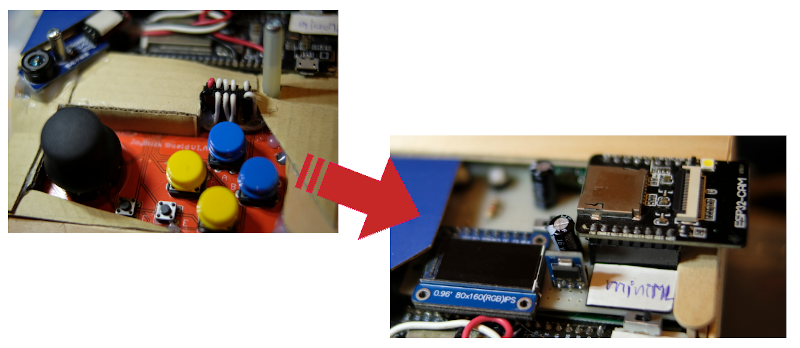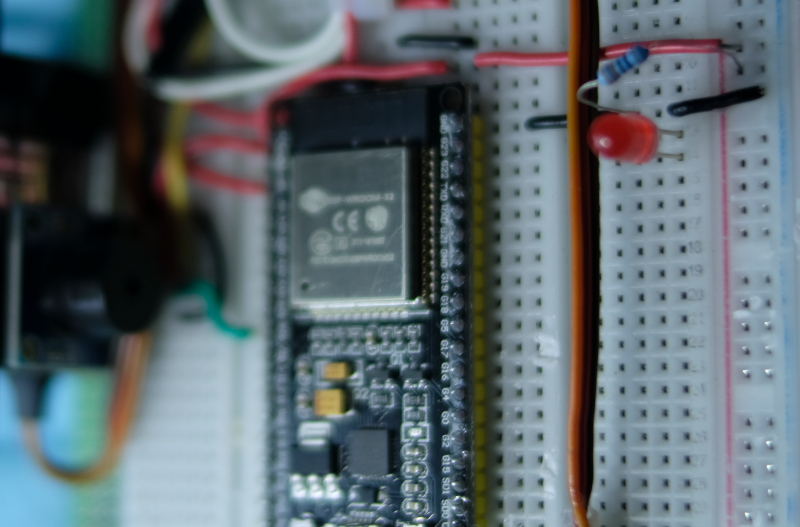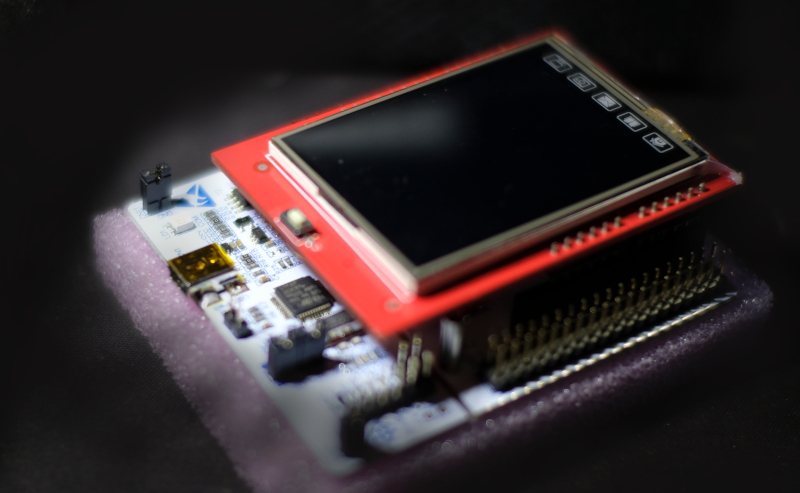[EN] How to build MicroPython for esp32-C3.
This article discusses the previously recommended compiling (build) and use of MicroPython for esp32-C3 microcontrollers. The procedure is the same as for compiling for esp32-s2. In addition, we have solved the issue of RS232-to-USB from the board using CH340 to external pin using CP2102 instead and connecting the display module with OLED as Figure 1.








